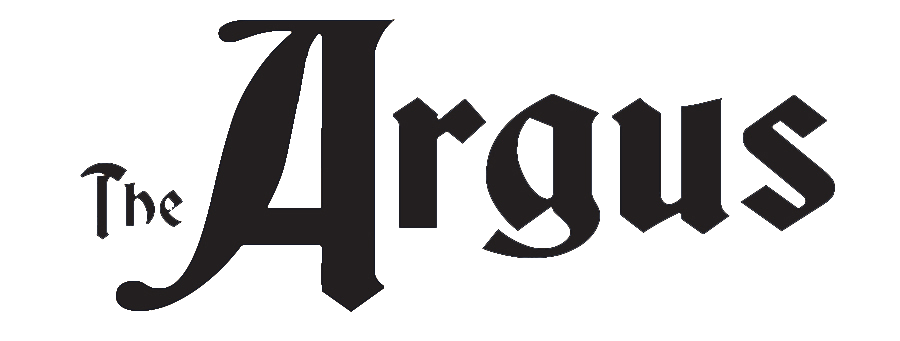Discover the powerful influence of Amiri Baraka and Askia Touré in the Black Arts Movement through the lens of Furious Flower 1994.
The Black Arts Movement
In March of 1965, less than a month after the death of Malcolm X, a praised African American poet LeRoi Jones (better known as Imamu Amiri Baraka) moved away from his home in Manhattan to start something new in Harlem. This event, equally symbolic in a geo-political context and for Baraka personally, is remarked as the moment in which the movement was born.
Soon after that, Jones founded the Black Arts Repertory Theatre / School (BARTS) which became the most important institution of the Black Arts Movement at the time – not as much because of its own history, since it was quite short lived (Baraka moved away from Harlem by the end of the year), but mostly because of its formative influence, the example it had been giving.
However, for the majority of African American poets and writers, it was the 1962 Umbra Workshop that gave impetus to the Black Arts as a literary movement. The group consisted of young Black authors, mostly writers and musicians, with a few members who were involved in visual arts as well. It was based in Manhattan’s Lower East Side, which is where Amiri Baraka used to live before he decided to start BARTS in Harlem.

Defining the Black Arts – Theater Groups and Journals
Mainly, the key roles were played by Black theaters and journals that began operating independently, if not differently, from the system established by the white society. Beside its initial purpose as a home for performance, dance, music and drama, the Black theater was used perpetually as a place for lectures, talks, film screenings, meetings and panel discussions. More importantly, it kept the spirit of a productive, activist cultural centre, as opposed to other theatres (black or white), which were either vastly commercialized or restrictive, primarily focused on high art. Its main goal was to expose, as Baraka had suggested in one of his essays from this period.[2]
Black theatres were opening all across the United States – in New York, Chicago, Detroit, Los Angeles, San Francisco, etc. Some of the most famous ones include The New Lafayette Theatre and Barbara Ann Teer’s National Black Theatre from New York and The Organization of Black American Culture (OBAC) that was situated in Chicago. OBAC attracted visual artist groups as well, whose work inspired mural movements and reportedly influenced the inauguration of Afri Cobra – the African Commune of Bad, Revolutionary Artists.
However, all that was achieved in theatres wouldn’t have been as influential had there not been the magazines and journals that popularized Black literature and made it known by the public. The most important magazine to publish Black literature was Negro Digest / Black World, a journal that became famous for high-quality publication content, as it included fiction, poetry, drama, criticism and theoretical articles as well.
#BlackArtsMovement #AmiriBaraka #AskiaTouré


